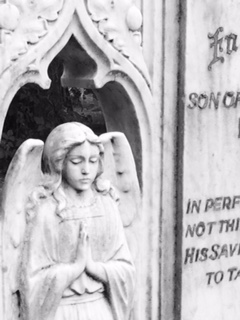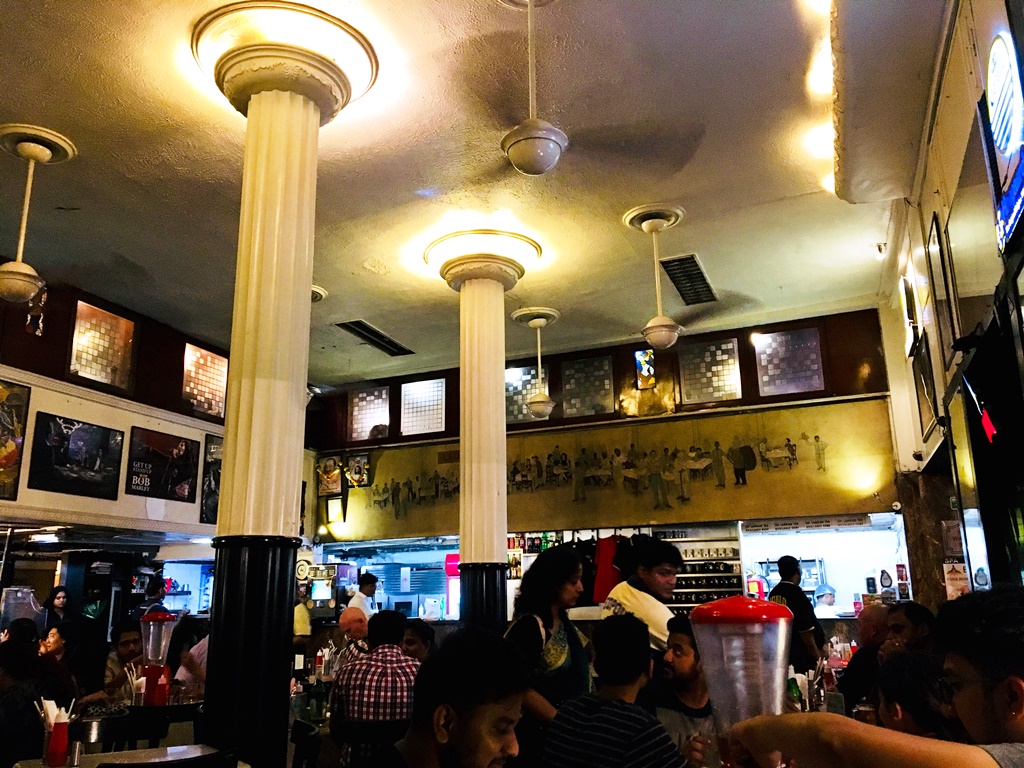The path takes us north through wheat fields to Liddington Hill. We make a short detour off the path to our second Iron Age hillfort. Liddington Castle feels more compact than the one at Barbury, and more formidable. It looms on the very edge of the downs’ northern escarpment, with dominating views across the valley: the M4 meandering below, Swindon’s hospital and wind farm rendered miniature.
In 1884, Richard Jefferies put the final touches on what would become one of his last works. The nature writer and novelist had been suffering from tuberculosis for years, and was near destitute after paying for a number of unsuccessful surgeries. His life during this period was hellish. Delirious, starving and in constant agony, he could barely sit up to write. Yet somehow, three years before his death, he managed to get his late masterpiece on paper: a post-apocalyptic vision of the aftermath of an unnamed disaster that causes the country to ‘relapse into barbarism.’ In After London, Jefferies poured his love of nature, his knowledge of the countryside, and his suspicion of the city to describe a world reverted to medievalism. ‘It became green everywhere in the first spring, after London ended,’ he writes, ‘so that all the country looked alike.’ Forest once again covers the land. An enormous lake forms in the country’s centre. Where there once was a metropolis, there exists only a vast swamp exuding ‘so fatal a vapour that no animal can endure it.’ London has become a nature-less nightmare: ‘There are no fishes, neither can eels exist in the mud, nor even newts. It is dead.’
Jefferies was born within sight of these hills, in a farmhouse in the hamlet of Coate, now part of Swindon. He wrote extensively about the surrounding area, and would often walk up to Liddington Castle in the heat of summer to lie on the embankments and observe the behaviour of skylarks. Standing here now, on top of ancient earthworks, it’s easy to understand the genesis of Jefferies’ pioneering novel – imagining people alone so long ago, young and unencumbered, looking out at a landscape free from rape fields and power stations. Making my way back to the trail, I wonder if John had a copy of After London in his collection, dog-eared and yellowed, tucked on a bookshelf beside The Day of the Triffids.
Nearby is another fortification, but from a time far more recent. Marauded by multicolours of graffiti and lichen, a concrete bunker squats beneath Liddington Clump, on the hill’s eastern summit. It’s a control bunker from a Second World War ‘Starfish’ site – elaborate systems of light and fire designed with the help of film industry technicians to look like blitzed cities from above, devised after the decimation of Coventry in 1940. This one controlled a simulated Swindon, triggering nighttime blazes to divert the wrath of the Luftwaffe. The bunker demonstrates the Ridgeway’s power and pull – its quiet ability to whisk you between eras, usher you quickly through time.
From here, the path leads us down the hill to join a main road and cross over the M4. It’s a strange stretch, with no clear way for walking, and we flinch as cars speed by. I stop on the overpass and look down at the galloping machines. It’s a shock to the system, but I’m glad the road is part of our journey – it’s one that has run through my life for as long as I can remember. It was one of the first seams, by which everything else was joined. It connects almost all the places I’ve ever lived.
We are obsessed by roads. They have a way of getting under the skin, tunnelling close to the heart. We have a strange capacity to love them – a propensity to personify them, bestow them with mythical qualities. About roads, we sing, and write and reminisce. They represent the torment of our innate desire for freedom.
At last, we’re climbing to the hush of the hills, the trail becoming a level section leading us out of Wiltshire and into Oxfordshire, the second of the Ridgeway’s five counties. New shoots tinge a ploughed field with otherworldly green. Podgy bullfinches crowd the path past Idstone, their plaintive whistles following us from every tree. Above, the sky gathers and threatens to fall, but something holds it at bay. The world is suspended in a paradox of gold and grey, dark clouds hanging over irradiant rape, cowslips, gorse.










